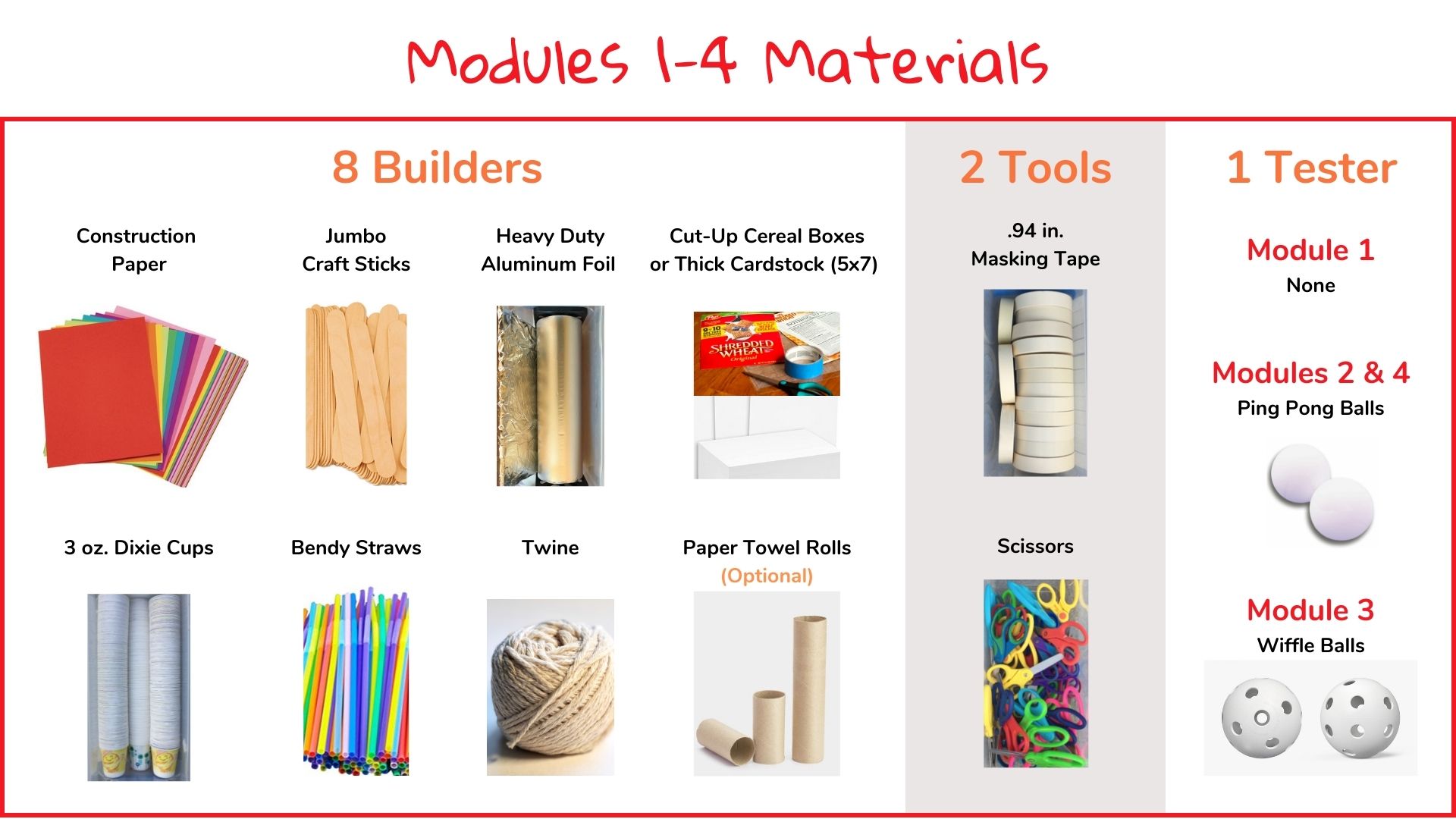STEM Challenge: Neuron Your Way!

Context for Challenge
Students visit to ancient Greece to meet Cynisca, the first woman to win in the Olympic Games. This historical adventure not only highlights a significant figure who overcame gender barriers but also introduces students to the concept of leveraging simple machines in sports. Students must design an original game.
Constraints and Success Criteria
The newly designed game must incorporate at least one lever as a fundamental element of gameplay. Students should be creative in their application of simple machines to sports or games.
Success will be measured through the practical testing of the games. Students are encouraged to challenge themselves, their friends, and even their teachers, to participate in the games, assessing both the functionality and enjoyment factor of their inventions.
Materials

You do not need any testers for this challenge.
Set Up
- Prepare Materials: Ensure you have all the necessary materials ready beforehand and organize them so that they are easily accessible to students. Students should use no more than five of any one material per creation! For example, a student can use five straws and five pieces of paper, but not ten straws. If you provide aluminum foil, no more than one arm’s length piece for each student!
- Provide Guidelines and Constraints: Reiterate the challenge to students, as needed. Building time is 45 minutes!
- Model the Design Process: Before students begin, demonstrate the design process by going through the steps yourself. Discuss how to brainstorm ideas, create prototypes, test them, and make iterations based on the results, as needed.
- Encourage Collaboration: Foster a collaborative environment where students can work together in pairs. Encourage them to share ideas, help each other troubleshoot challenges, and provide constructive feedback throughout the process. But no groups of three!
- Support Adaptation: Encourage students to embrace the mindset of adaptation and problem-solving. Help them see that setbacks and failures are opportunities to learn and make improvements. Guide them in identifying areas for adaptation and brainstorming alternative solutions.
- Facilitate Reflection: Set aside time for students to reflect on their design process and decision-making. Ask questions that prompt them to think critically about their choices, challenges they faced, and what they learned from the experience. This reflection can be done individually, in pairs, or as a whole-class discussion.
- Celebrate and Showcase: Celebrate students’ efforts and showcase their games. Provide a platform for them to demonstrate their levers, if possible.
CASEL Discussion Questions
Five questions aligned to Social Awareness and Relationship Skills — our focus CASEL competency for Module 4 and Module 5 — for teachers to foster an engaging discussion and social-emotional learning
- How did considering the perspectives of others contribute to the success of your design?
- In what ways did you show empathy towards the needs and preferences of potential users?
- If you worked with a partner, describe a situation where effective communication was crucial. How did you navigate and overcome any challenges?
- If you worked with a partner, reflect on a moment when conflict arose. How was it resolved, and what did you learn from the experience?
- If you worked with a partner, reflect on a time when you had to articulate your ideas persuasively. What strategies did you use to convey your thoughts?



